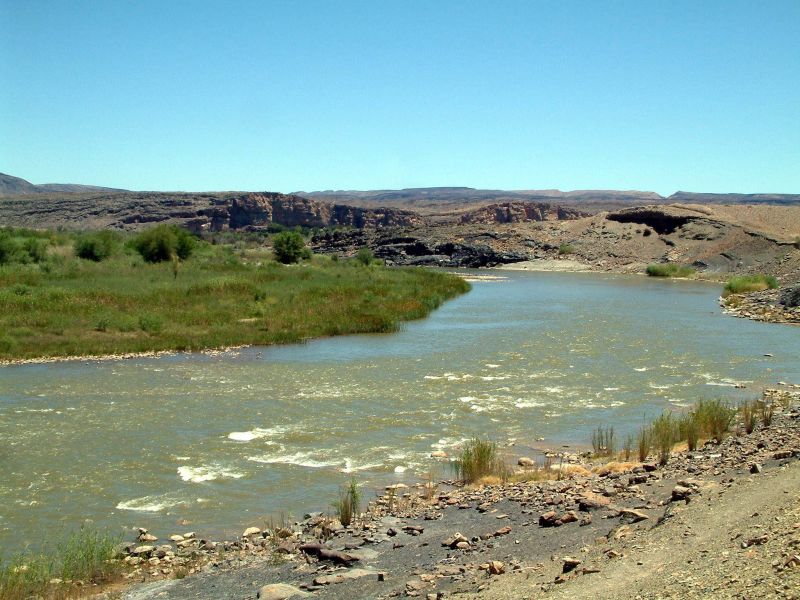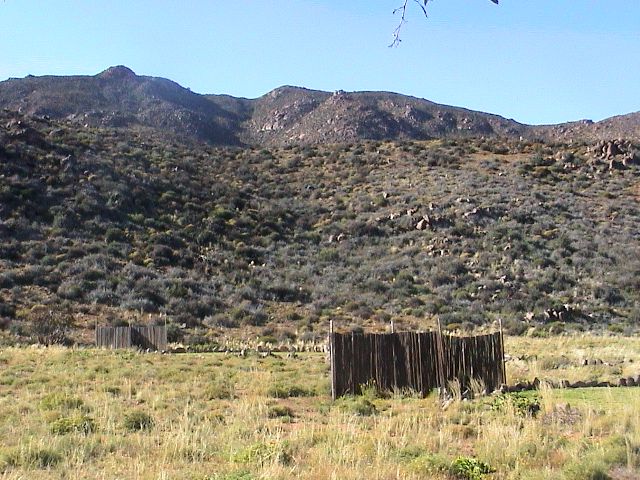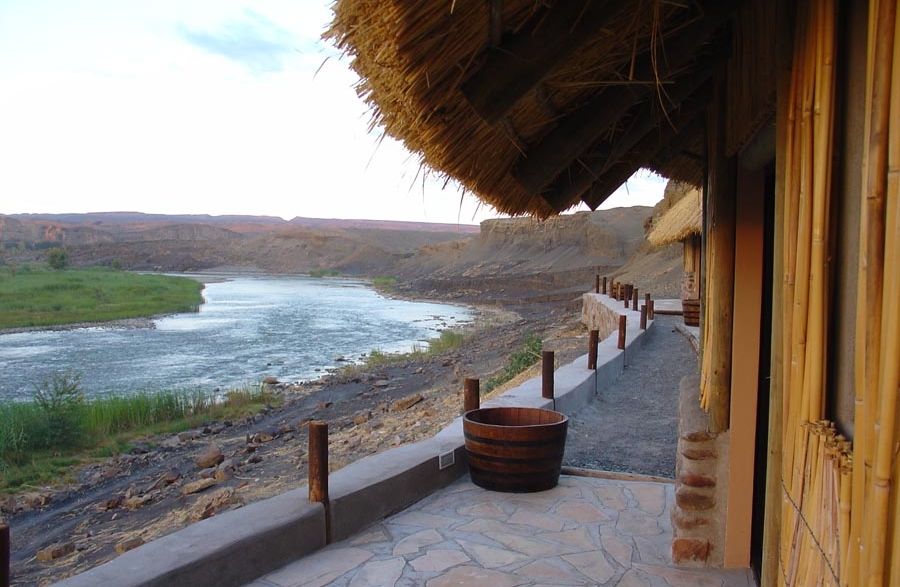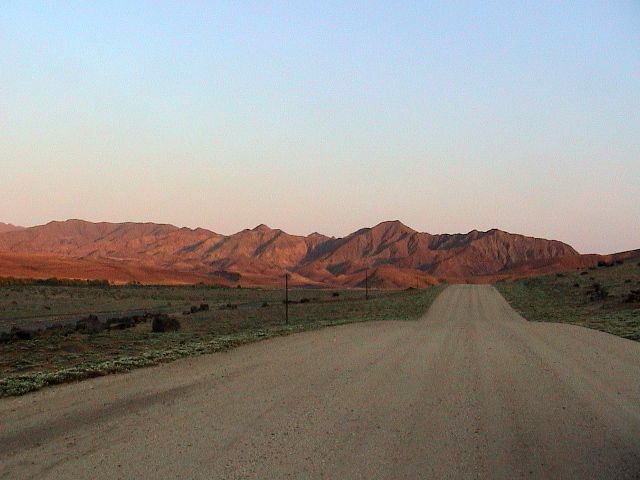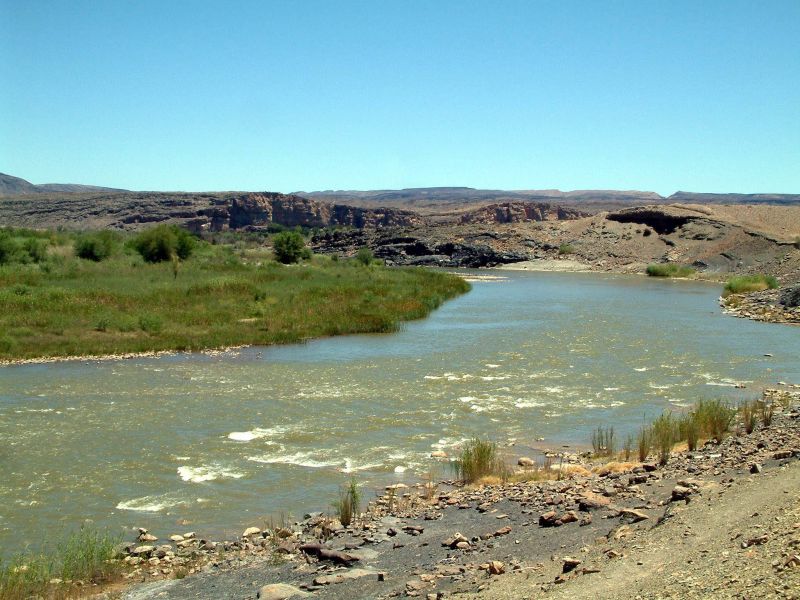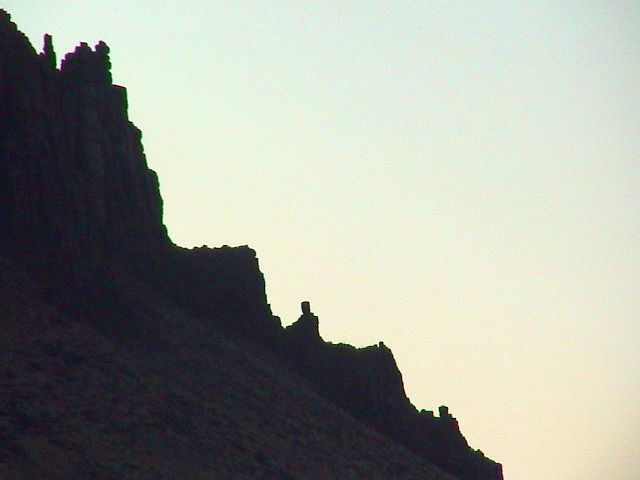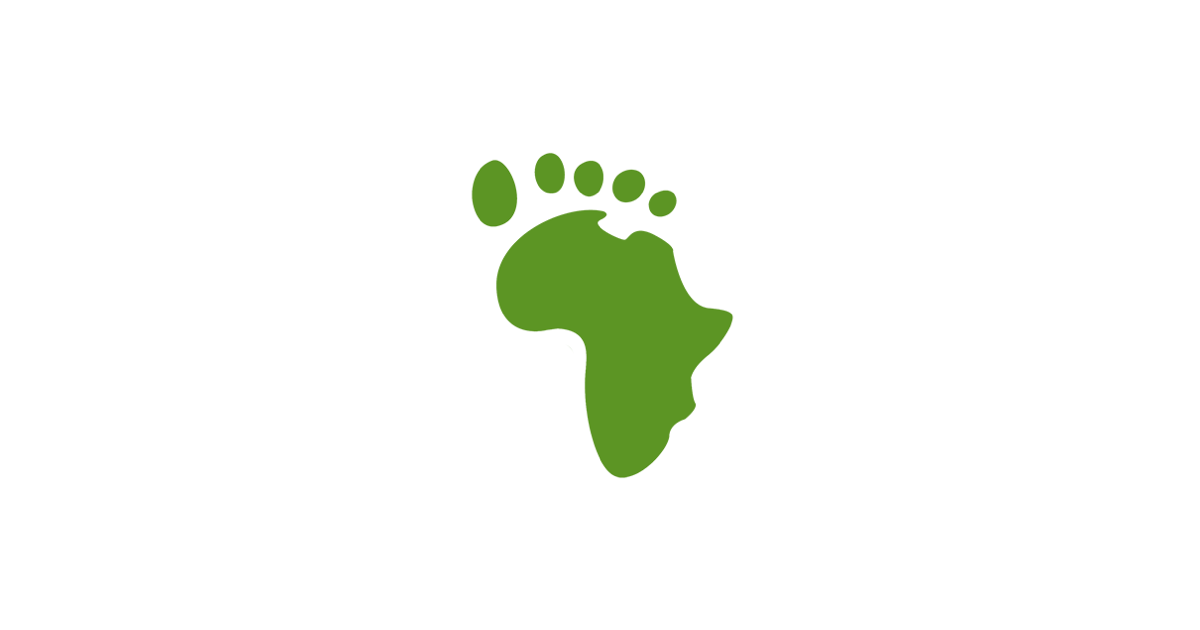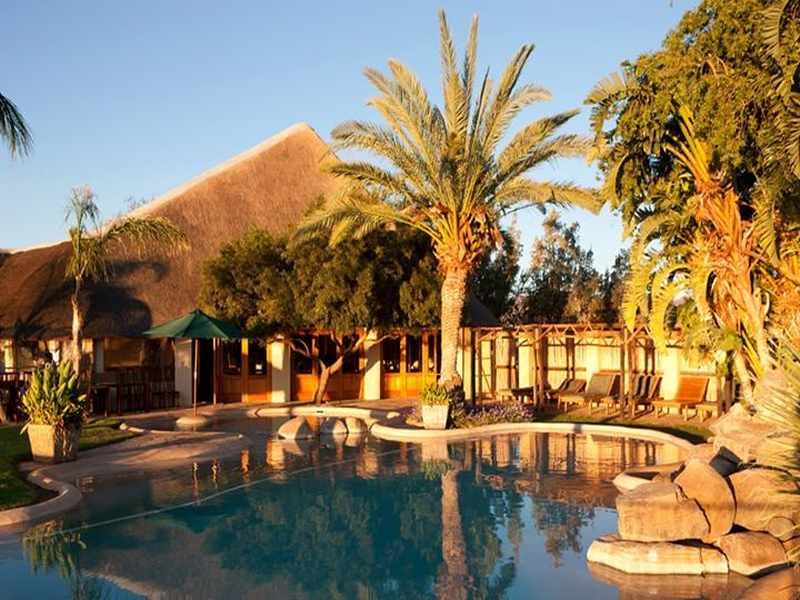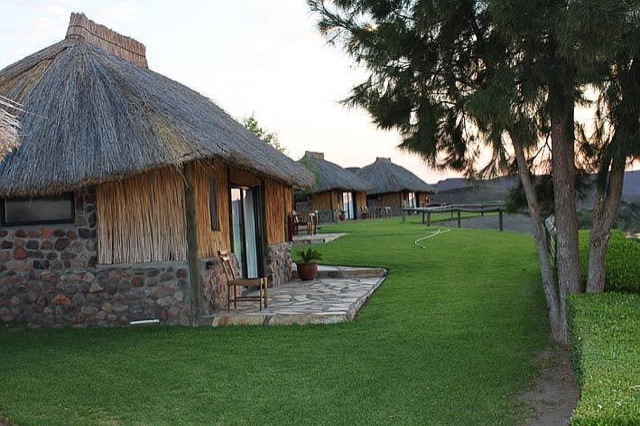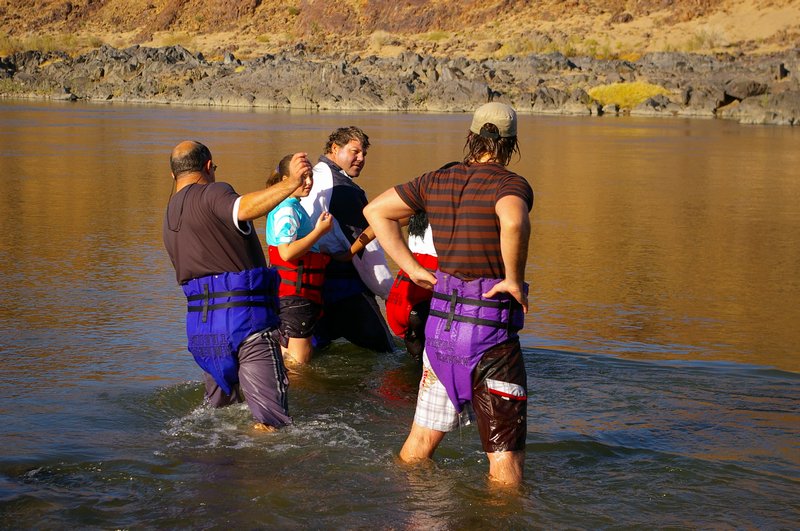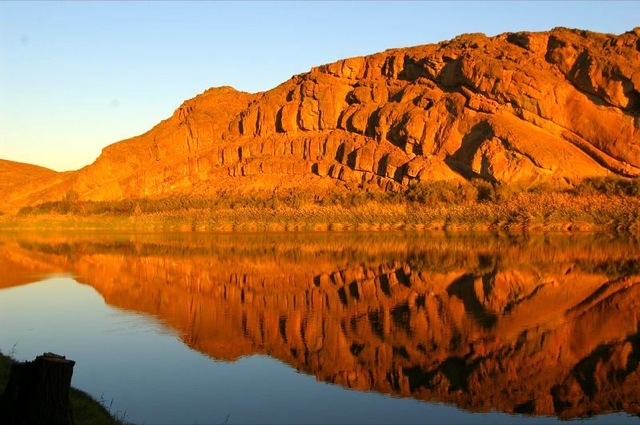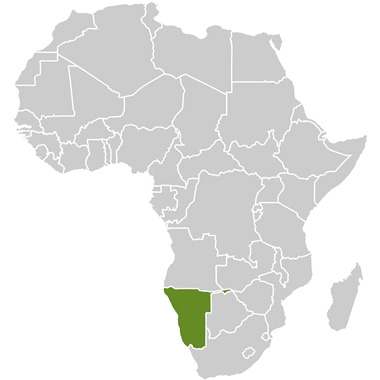The Route starts at the Vioolsdrift/Noordoewer border post between South Africa and Namibia. Shortly after crossing the border into Namibia you take the left turn (2.4km) at the Engen garage. From here you follow what is known as the ‘Jan Haak’ road.
The road meanders along the Orange River for about 160km before reaching Rosh Pinah. This is a truly scenic drive passing through the Aussenkehr area known for its export quality table grapes. You will also travel through the Aussenkehr Nature Park and can experience the many unique features of the park by enquiring at the reception desk at Norotshama River Resort.
Apart from a number of lodges and camps along the route, points of interest include the Fish River crossing, the abandoned Lorelei Copper Mine with its dated machinery, and the Sendelingsdrift pontoon crossing that will soon be re-opened.
The Route provides scenic views of the river and surrounding desert mountains, synonymous with Namibia’s southern parts. The Orange River brings life to the surrounding arid lands and with the water comes a varied birdlife, like red bishops, African darters and Fish eagles.
The geology of the Lorelei Copper Mine:
The Lorelei Copper Mine exhibits typical Porphyry copper deposits. As hot igneous stock intrudes into the rock already present, it encounters underground water. The stock heats this water, which begins to move in large circular paths. As the water moves downward, it becomes hotter and leaches copper and other metals from the different rocks it encounters. As the metal-rich water moves back upward, it cools and changes its chemistry, so that chalcopyrite and other ore minerals are precipitated along the edge of the stock. The immediate sources of the metals are the rocks surrounding the igneous stock, the circulating groundwater is the transporting mechanism, and the cooling and changing composition of the groundwater is the precipitation mechanism.
In addition to forming ore deposits, this circulating water can form large bodies of altered rocks, known as alteration zones, surrounding the stocks. Minor copper mineralization can be formed away from the stocks within thin planar bodies known as veins. However, this mineralization does not usually contain enough copper to be considered ore.
As water and wind erode the surface of the earth, they remove the tops of the igneous stock, alteration zone, and porphyry copper deposit.
*Information supplied by Gisela Hinder – Senior Exploration Geologist.
The Orange River:
The Orange River, also known as the Gariep or Grootrivier, is a major South African river, discovered by indigenous people but only explored by Europeans in 1760. It was named by Colonel Robert Gordon after the House of Orange. Another account of its naming suggests that it may have been called after the orangey colour of its water.
The Orange rises in the Drakensberg mountains along the border between South Africa and Lesotho, about 193km (120mi) from the Indian Ocean at an altitude of over 3 000m. While in Lesotho, the river is known as the Senqu and parts of it freeze in winter, owing to the high altitude. It then runs 2 200km (1 367mi) westwards, along the south-western boundary of the Free State and then through the Northern Cape province, eventually meeting the Atlantic Ocean in the west where it forms the southern border of Namibia and the northern border of South Africa’s Northern Cape Province.

